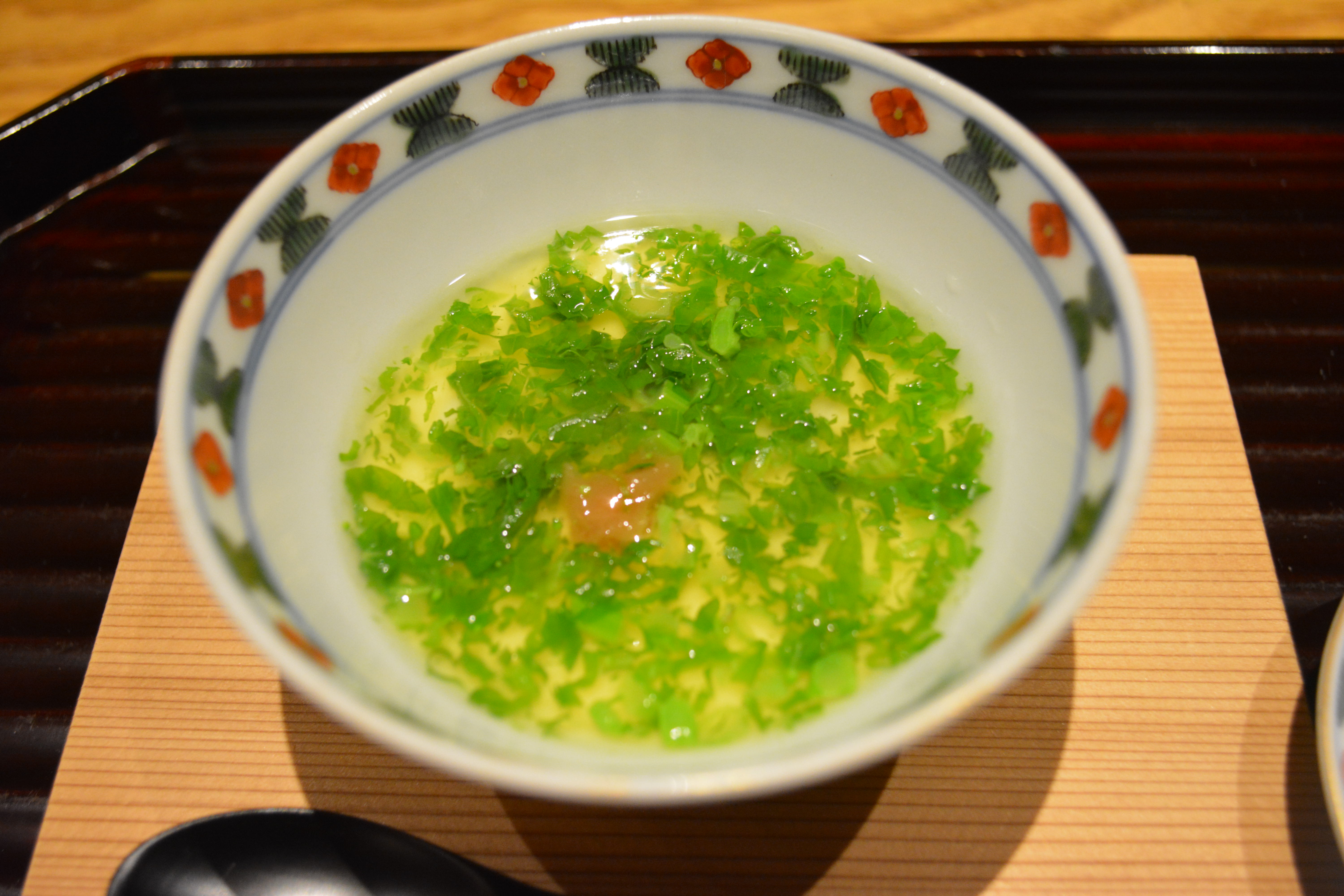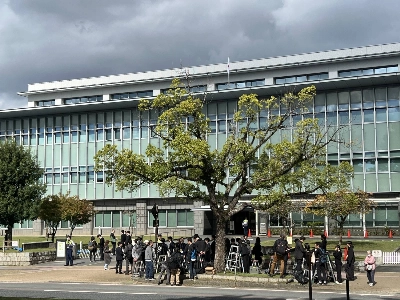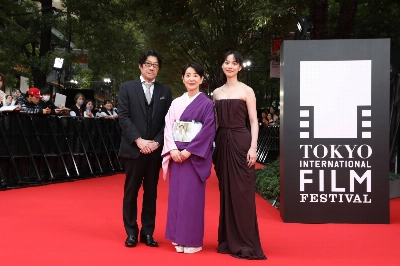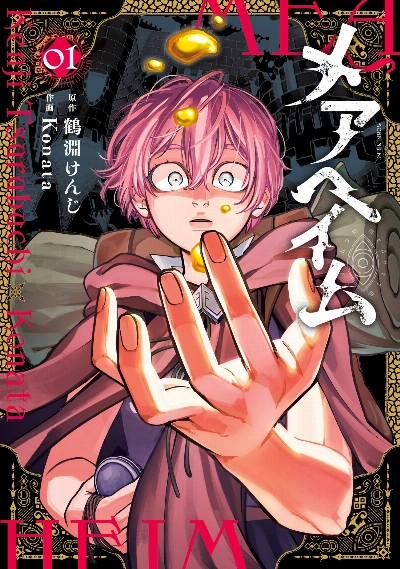Regrets? I have a ton. Here's one: I didn't get to eat bear meat at Godan Miyazawa. Perhaps one of the drawbacks of the omakase (chef's selection) here is that there's no actual menu to provide information about what's being served. Trusting your chef is a small price to pay for an elaborate multicourse meal that marries skill with tradition. Besides, there is a certain pleasure in anticipating what you're about to eat when the chef throws tradition out the door and lets a bear in — if you're lucky.
Restaurateur and chef Masato Miyazawa opened Godan Miyazawa nearly two years ago. It's the younger sister of his older restaurant Jiki Miyazawa, which has held a Michelin star since 2012. Godan was awarded its own last year. Beyond the stars, the two Miyazawas share almost as much as conjoined twins. The only difference? The atmosphere at Godan is a little less holy; chef Miyazawa is at home here and, although he's reticent, his relaxed manner sets the restaurant's tone.
My accidental lunch partner was a longtime regular at Jiki, but it was the first time either of us had visited Godan. There are two lunch options, around ¥6,264 and ¥9,504, and three dinner options starting at ¥10,800 and climbing to ¥19,440. Whichever option you choose, there are a number of signature Miyawaza dishes common to both of the chef's restaurants. Perhaps in time Godan will separate from its sibling.


















With your current subscription plan you can comment on stories. However, before writing your first comment, please create a display name in the Profile section of your subscriber account page.